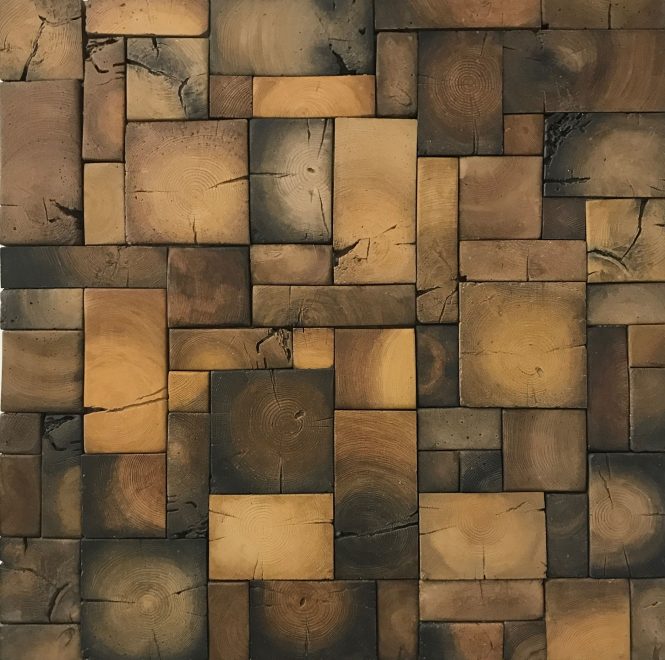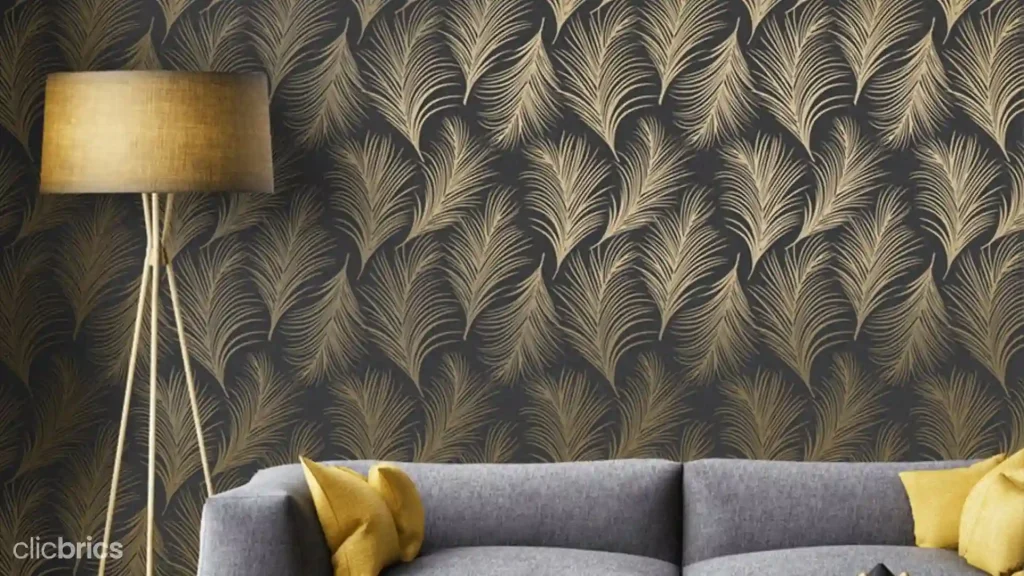

Textured walls and ceilings are rapidly gaining popularity in modern interior design. Tired of bland, flat surfaces? Imagine walls and ceilings that add depth, character, and a touch of luxury to your space. Textured walls and ceilings offer a diverse scope of options to enhance the aesthetic appeal and functionality of any room. This article will explore the various types of textured surfaces, their benefits, and how to seamlessly incorporate them into your home design. We’ll cover everything from choosing the right texture to installation techniques and maintenance tips, empowering you to transform your interiors with ease.
The Allure of Texture: Why Textured Walls and Ceilings Matter
Adding Depth and Dimension
The primary appeal of textured walls and ceilings lies in their ability to add depth and dimension to a space. Unlike flat, painted surfaces, textures create visual interest and prevent rooms from feeling monotonous or sterile. This is especially crucial in smaller rooms where maximizing the sense of space is paramount. Consider the dramatic effect of a textured accent wall in a living room or the cozy ambiance created by a subtly textured ceiling in a bedroom.
Enhancing Acoustics
Beyond aesthetics, textured surfaces can significantly improve the acoustics of a room. Certain textures, like those found in acoustic panels or heavily textured wall coverings, effectively absorb sound waves, reducing echo and reverberation. This is particularly beneficial in open-plan living spaces or home theaters, where noise control is crucial. The use of textured materials can significantly contribute to a more peaceful and comfortable environment.
Creating a Unique Atmosphere
The choice of texture plays a significant function in shaping the overall atmosphere of a room. Rough, rustic textures can evoke a sense of warmth and coziness, while sleek, modern textures create a sophisticated and contemporary vibe. By carefully selecting textures that complement your existing decor and desired ambiance, you can create a truly personalized and unique living space. From a calming retreat to an energetic entertainment zone, textured walls and ceilings allow for a wide scope of design expressions.
Exploring Diverse Textures and Materials
Natural Textures: The Rustic Charm
Natural materials such as wood, stone, and bamboo offer inherent textural richness. Reclaimed wood planks on a attribute wall can add character and history, while stone veneer offers a sense of timeless elegance. Bamboo panels offer a more sustainable option that can create a calming and peaceful atmosphere. The unique patterns and variations in these natural materials ensure each wall or ceiling becomes a one-of-a-kind work of art.
Manufactured Textures: Modern and Versatile
Manufactured textures offer a wide spectrum of styles, from subtle to dramatic. Options include 3D wall panels, textured wallpaper, and textured paint techniques. 3D wall panels offer geometric designs or abstract patterns, providing a modern and contemporary feel. Textured wallpaper offers a versatile and cost-effective way to achieve a wide variety of looks. Experiment with textured paints such as stucco or limewash for an aged and authentic feel.
Combining Textures: Layering for Depth
Don’t limit yourself to one texture! Combining varied textures can create dynamic and visually arresting outcomes. Pair a smooth, polished surface with a rougher texture, or layer varied materials to add depth and complexity. This layering technique can also be used to highlight architectural attributes, such as a fireplace surround or built-in shelving.
Installation Techniques and Considerations
Professional Installation vs DIY
The complexity of installation varies significantly depending on the chosen texture and material. Some textures, such as textured paint or wallpaper, are relatively easy to install as a DIY project. However, more complex textures, like 3D panels or stone veneer, often require professional installation to ensure a flawless finish. Consider your skill level and the intricacy of the material when deciding whether to tackle installation yourself or hire a professional.
Surface Preparation: A Crucial Step
Regardless of the chosen texture, proper surface preparation is paramount to achieving a long-lasting and visually appealing outcome. This includes cleaning the surface, repairing any damage, and ensuring a smooth and even base for the new texture. A well-prepared surface will prevent future issues and will ensure the new texture adheres properly and lasts for many years.
Maintenance and Care
Maintaining textured walls and ceilings depends largely on the material selected. While some materials are very easy to clean, others may require more specialized cleaning techniques. For example, textured wallpaper might require gentle cleaning with a damp cloth, whereas 3D panels might require a slightly stronger cleaning agent. Always refer to the manufacturer’s recommendations for cleaning and maintenance.
Design Inspiration: Incorporating Textured Walls and Ceilings into Your Space
Living Room Transformations
In living rooms, textured walls can create focal points, drawing the eye to specific areas of the room. A textured accent wall behind the sofa can add depth and personality. Alternatively, a textured ceiling can add a touch of elegance and create a visually appealing contrast with the rest of the room. Using a combination of varied textures and materials can add depth and interest to the space.
Bedroom Serenity
Bedrooms benefit from the calming and cozy ambiance that textured walls and ceilings offer. Soft, subtle textures can promote relaxation, creating a tranquil and peaceful atmosphere. Consider using textured wallpaper or paint to enhance the sense of calm and create a serene bedroom space. Avoid overly stimulating or busy textures in bedrooms as it might hinder sleep.
Kitchen and Bathroom Considerations
In kitchens and bathrooms, the choice of texture needs to be guided by practicality as well as aesthetics. Consider using moisture-resistant materials that are easy to clean. Textured tiles, for example, are a popular choice for kitchens and bathrooms, offering both durability and visual interest. In kitchens, a textured backsplash can offer a stunning visual attribute.
The Future of Textured Walls and Ceilings
Sustainable Materials and Eco-Friendly Options
The increasing focus on sustainability is influencing the design world, leading to a wider adoption of eco-friendly materials for textured walls and ceilings. Bamboo, reclaimed wood, and recycled materials are becoming increasingly popular choices, offering a sustainable and stylish way to create textured surfaces. This trend is expected to grow in the coming years, further widening the available options.
Technological Advancements
Technological advancements are also shaping the future of textured walls and ceilings. New materials with improved durability, sound absorption, and fire resistance are constantly being developed. Innovative manufacturing techniques are also allowing for more intricate and complex designs, expanding the creative possibilities available to designers and homeowners.
Design Trends: What’s Next
The future of textured walls and ceilings points toward an boostd emphasis on personalization, customization, and sustainability. Homeowners will have access to a wider array of materials, textures, and designs, allowing them to express their individuality and create truly unique living spaces. Expect to see a continued fusion of varied textures and materials, outcomeing in even more dynamic and visually impressive interior spaces.
In conclusion, textured walls and ceilings are transforming modern interiors, offering a unique blend of style, functionality, and personality. By considering the various textures, materials, and installation techniques, homeowners and designers can create spaces that are both visually stunning and highly functional. Don’t hesitate to explore the exciting possibilities of textured walls and ceilings to elevate your next interior design project. Remember to consider the overall design aesthetic and functionality when making your selections.